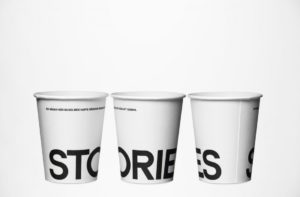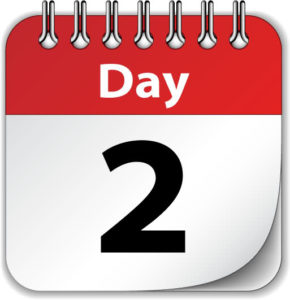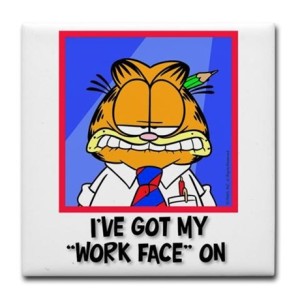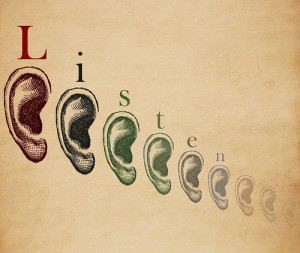I’m catching up on rest after an exhilarating SHRM Annual Conference. It was truly wonderful the entire time. This year I experienced a new view of the conference as a member of the SHRM Board of Directors.
I have hesitated to write about being on the Board because stating it drums up different emotions for people. Let me give you my perspective about the role. I am truly honored and humbled to be on the Board of Directors for the profession and the membership association that I love. These aren’t hollow words, they’re a fact !!
I get to wear a cool badge that denotes my new role and it gives you the ability to have access throughout all of the venues. I cherished this and didn’t take it for granted because it gave me the ability to connect with more people.
It started on my first day when I met one of the hotel staff who was helping with breakfast, Ahmed. He greeted me with a smile and was kind enough to be up and in uniform at the crack of dawn to serve me and others a meal. I introduced myself and thanked him for being there. Ahmed used the same “trick” I did and read my name tag and said, “Good morning, Steve.”
Now, many people reading this may think that he’s just doing his job like he should. We’d overlook him more often than not to rush to get a plate of bacon and eggs. Our impending meeting, and the others at the meeting, would get more of our attention.
Why did this small introduction matter? On Monday, at a luncheon during the conference, guess who was serving the group? Ahmed. He saw me first this time and said, “Good afternoon, Steve. How is your day going?” I said, “It’s great Ahmed, thanks for asking !!”
I used my badge to walk into all of the different areas all week to thank volunteers, SHRM staff, hotel staff, convention center security and the transportation crossing guards. This isn’t to seek a pat on the back. Trust me. I wanted to be intentional to make sure these people weren’t overlooked. Why ??
These folks are the “who” that keep things going.
There were over 15,000 attendees as well as countless vendors who worked the Exhibit Hall. Without the “who” this event would never have occurred. Mike Rowe exemplified this during his keynote address and it has been his focus for much of his career. He noted how important it was to never overlook people at work because everyone matters.
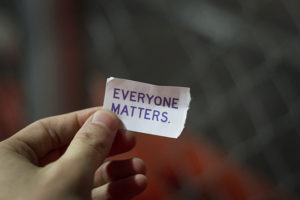 This is key in our organizations as well. We are enveloped in such a rush of distractions that we walk past the “who” that help our companies succeed every day. HR has the ability to break this pattern because we have the ability and the latitude to make acknowledging others part of our job daily. Honestly, it needs to be in the fabric of our Human Resources DNA. It can’t be something that we ignore or hope that others will do.
This is key in our organizations as well. We are enveloped in such a rush of distractions that we walk past the “who” that help our companies succeed every day. HR has the ability to break this pattern because we have the ability and the latitude to make acknowledging others part of our job daily. Honestly, it needs to be in the fabric of our Human Resources DNA. It can’t be something that we ignore or hope that others will do.
People want to be acknowledged for what they do. This is more basic than appreciation. That is key and important, but we need to step back and acknowledge folks. When you take this approach, all of your systems and procedure look different and positive.
People want to do good work. This week step back and thank others. You’ll see that this will change your organization for the better !! Remember the “who” around you every day.


